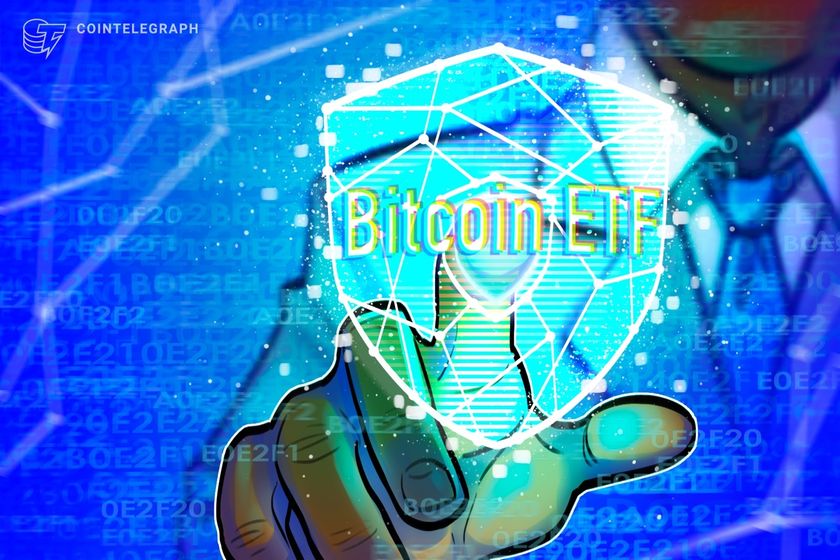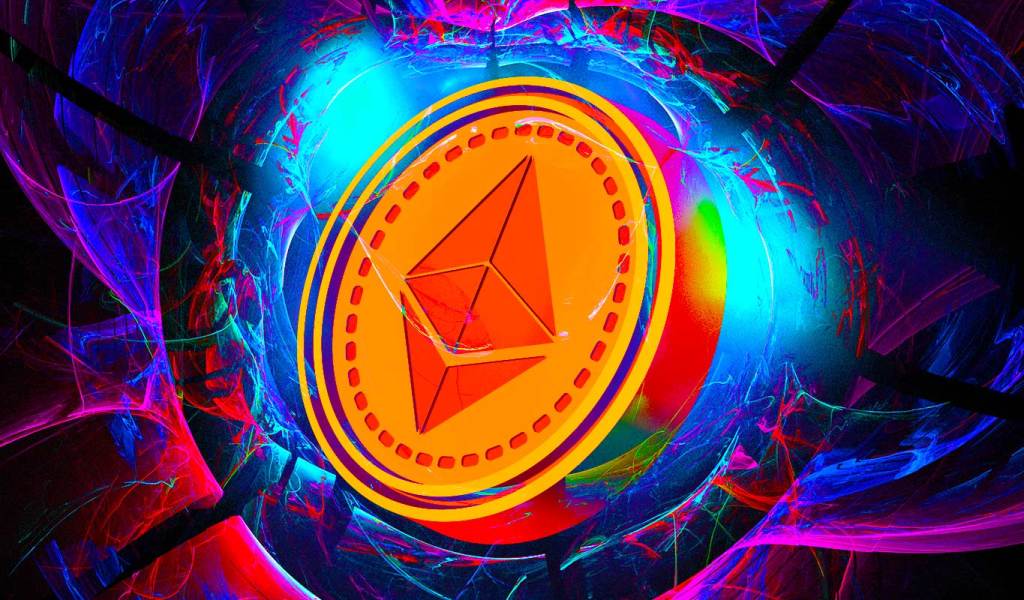
The ConsenSys founder and Ethereum co-founder said it’s as unlikely as ride-sharing service Uber becoming illegal.
Ethereum co-founder and crypto entrepreneur Joseph Lubin is confident that Ether (ETH) won’t be classified as a security in the United States.
Cointelegraph spoke with Lubin, Ethereum co-founder and founder of blockchain tech firm ConsenSys, in Tel Aviv at the Web3 event, Building Blocks 23.
Asked if ETH could be classed as a security in the U.S. after Ethereum’s transition to a proof-of-stake (PoS) consensus model, Lubin said:
“I think it's as likely, and would have the same impact, as if Uber was made illegal.”
“There would be a tremendous outcry from not just the crypto community but different politicians and certain regulators,” he added.
In September, Securities and Exchange Commission Chairman Gary Gensler suggested that the blockchain’s transition to PoS might have brought ETH under the regulators’ beat.
Gensler believed staking coins gave “the investing public” anticipation of “profits based on the efforts of others.”
Lubin said he was privy to discussions with the SEC and the Commodity Futures Trading Commission “for many years.”

He said around five years ago the regulators were “just trying to wrap their heads around what tokens were.”
“They thought back then that everything was a security. We — I think — helped them significantly understand lots of tokens are not securities, and then they went away and Gary and team now think almost everything's a security.”
Lubin, however, believes that ETH continues to be “sufficiently decentralized” and pointed to its “many use cases that don’t implicate it as a security.”
“There is no centralized set of promoters or builders that is specifically trying to raise the value of Ether and enrich investors,” he added.
“There's a court system in the United States of America that I think would be supportive of arguments that would be made that it is not.”
Lubin said that regulators appear to be more focused on another aspect of Ethereum at the moment, noting that people he knows close to the action in Washington D.C. say “most of the focus is on stablecoins right now.”
“Everybody's talking about it, freaking out. Calling for things to be done.”
In a Feb. 9 Twitter thread, Coinbase founder and CEO Brian Armstrong responded to “rumors” that the SEC was thinking to ban retail consumers from staking crypto.
Related: CFTC head looks to new Congress for action on crypto regulation
“Staking is not a security,” he said, adding it would be a “terrible path for the U.S.” if a staking ban was passed noting it was “a really important innovation in crypto.”
“Hopefully we can work together to publish clear rules for the industry, and come up with sensible solutions that protect consumers while preserving innovation,” Armstrong said.





















